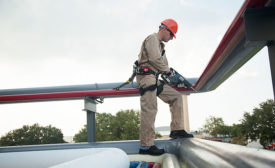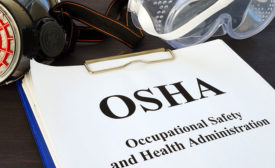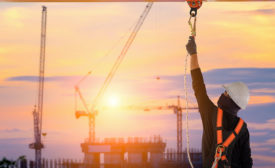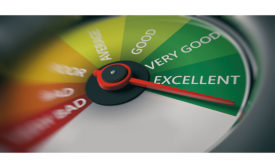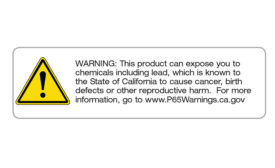Government Safety Regulations
10 safety mistakes that can cost you a legal case
Really doing due diligence
December 4, 2019
Fire, gas detection & suppression systems deliver real-time data
Integrated fire & life safety protection
December 3, 2019
FR
Mining electrocutions trigger MSHA alert
The Mine Safety and Health Administration issues electrical safety best practices
December 3, 2019
Never miss the latest news and trends driving the safety industry
eNewsletter | Website | eMagazine
JOIN TODAYCopyright ©2024. All Rights Reserved BNP Media.
Design, CMS, Hosting & Web Development :: ePublishing

